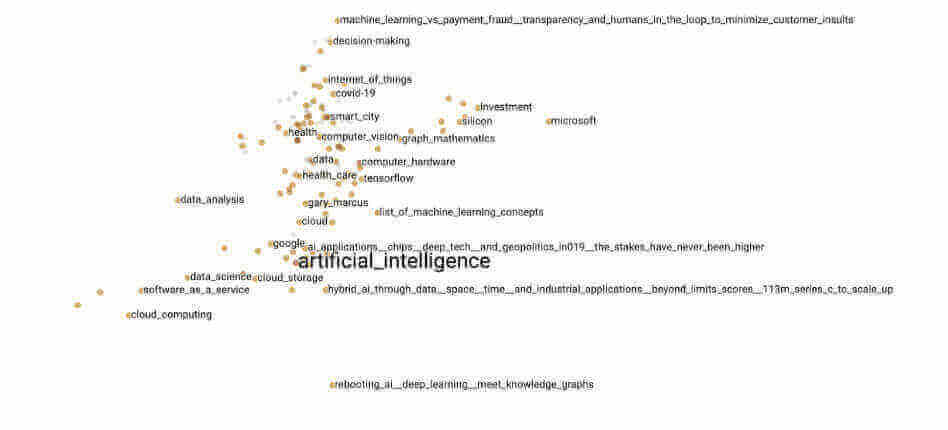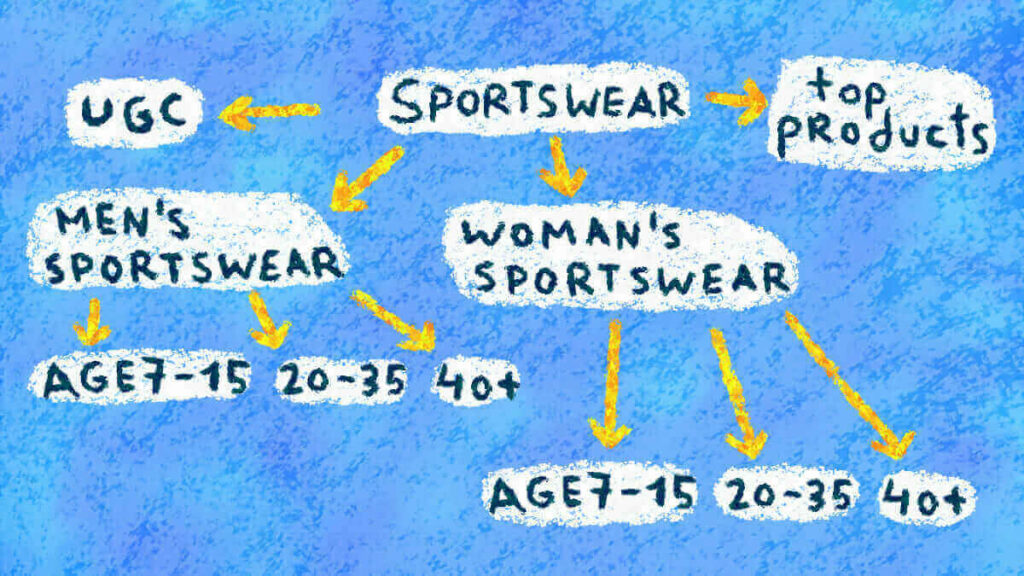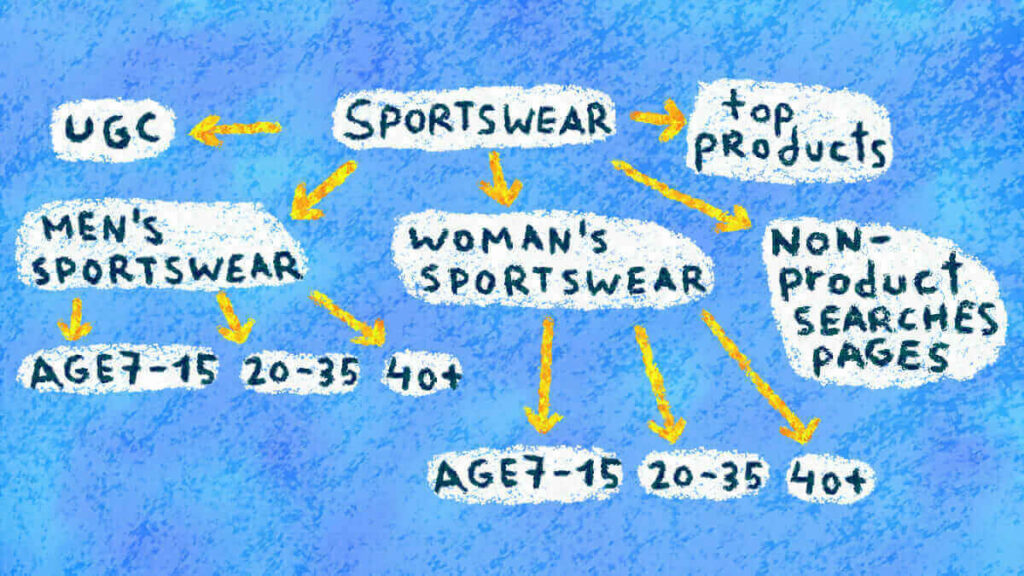Develop Smooth SEO Customer Journey Through Multi Intent Keywords
Learn how to develop smooth SEO customer journeys by using multi-intent hubs and designing your website for multiple user intents.
Table of contents:
- Multi Intent Keywords – What Are They?
- Architecting Your Website Based on Intent Types
- Final Touch For Your SEO Customer Journey
Dealing with customers is not easy. Today, there are multiple touchpoints in the SEO Customer Journey and multiple platforms with which your potential customers interact: websites, email, chatbots, social media, physical interaction – the possibilities are enormous. It’s no longer a problem to reach them because there are so many ways to do so. The real challenge is to create a product or service that solves your customers’ problems, but that’s not possible if you do not understand what they want in the first place.
SEO has shifted heavily to dealing with entities and analyzing user intent: your online visitors and their SEO customer experience now come to the forefront of any smart digital marketing strategy. The new “window shopping” is to visit multiple websites online before making a purchase decision. So why should not you care about providing the best customer experience for your potential buyers?
Multi Intent Keywords – What Are They?
This is where intent hubs and multi-intent keywords come into play. A good practice would be to address user experience and user journey issues using an SEO-driven approach.
A good place to start is with user personas, developing them and categorizing queries based on the intent of those personas. We have done this for some of our large clients and have seen tremendous success with our SEO strategy. There are three sample ideas you can use to design your content structure:
1.You can make word clouds out of the queries, to easily get a first glimpse into what are the most dominating topics and categories that users love;
2.You can also work with word embeddings, which are categorized based on the semantic similarity between the queries themselves;

3.The next step will be to try to segment your website into templates and cluster queries based on the template/user intent.
This is the first phase. In the second phase, you can start to develop thematic search queries and match users’ expectations with their search behavior, using the data obtained in step 1 and step 2.
Let us start with an example niche. Take an e-commerce website, for example, that sells sportswear online. Therefore, the root of our strategy and the starting point in building our customer intent hub will be “sportswear”. This page will cover so many different intentions, so as a result, we can conclude that the keyword “sportswear” is a multi intent keyword.
So if you think about sportswear for men or sportswear for women or sportswear for hikers – they all cover a different intent category and should be treated as such.
Intents are complex and they are not always singular. A simple keyword (and the webpage that it is targeting) can be 50% transactional, 30% informational and 20% navigational for example. Long gone are the days where we could hope that one keyword is dedicated to one intent category and this is the result of the evolution of natural language understanding and user understanding in the first place.
Architecting Your Website Based On Intent Types
Returning to our starting point, we can readily see that men’s sportswear and women’s sportswear are the subcategory pages for which we will develop, and that their keywords represent new subintentions in the information tree (graph) of intent. We can also divide them by age, just like you do in physical stores. That’s why it’s important to think phy-digitally: “architect” your online web store just like your physical one: structured, categorized, multi-layered and logical for the user.
The initial tree is going to look like this:

From there, we can add all the appropriate products, depending on their subcategory (men’s or women’s sportswear) and their sub-subcategories (the age categories). All these sub-categories of age categories have commercial intentions, as they present your products. So the keywords used for these pages are transactional.
However, the SEO customer journey is not that simple. We also need to build and develop for informational purposes. If we analyze all the different stages of the customer journey, we can see that we need to ensure brand awareness and uniqueness – how is your product/service different from your competitors? What is your unique value proposition as a company? Therefore, it is a good idea to publish a magazine or some kind of guide that informs potential customers about your company or includes case studies comparing different products, prices, and results of using a particular product/service. This will help you prepare for the initial on-boarding stage.
If you are thinking about informational and transactional purposes, it’s also wise to include user-generated content that not only serves as a navigator for your new online visitors, but also as social proof and brand machine that can help you rank, attract and sell. You have your brand, why not let people share their opinions about the services and products you offer?
This can also serve as a great customer insight tool – you have a unique opportunity to understand where you are doing well, but also what you can improve on. You can use this user-generated content as social proof for your online strategy, so that your website does not look too generic and sales-oriented.
Final Touch For Your SEO Customer Journey
The last part is to mark the most requested products as featured products, so ideally you want to filter them out of your database (or knowledge graph). In addition, it’s also important to include non-product search pages, as users often search the entire portal, including their order archive, order templates, favorite products, etc., not just PDPs and PLPs.
First, let us start with the product searches. Every brand has its own top products or pages that people search for the most, and we know this from experience. These products may be a small part of your product catalog, but they definitely contribute a big part to your sales. That’s why you should definitely include them as a product carousel.
Think of IPhones and Playstations, for example. When these products come on the market, people want to buy them as soon as possible, no matter what the price. For them, buying these products means being elite, demonstrating financial power and brand loyalty – they do not wait to buy these products at a lower price, but right after they are launched at the original price. They are not cheap, but people still want to buy them for themselves, preferably on the very first day of launch. Include them on your homepage to increase your conversions and organic revenue even more.
The second part is non-product searches’ pages. They are relevant to your online portal, because they showcase the visitors’ online journey or struggles, for example [“go to orders page”], [“my favorite products”], [“my wishlist”], [“track delivery”] or [“password reset”]. You also need to architect for them to provide the best possible user experience.
The final outlook will look like this:

See, if you do not organize your website into multiple content hubs depending on your visitors intent types, it will be very hard for you to actually rank anything on your website. Every webpage of your website should be tailored to specific sub-intents that phydigital customers have.
The future is here and clear: it is phydigital (physical and digital) and we need to learn how to architect for this purpose.